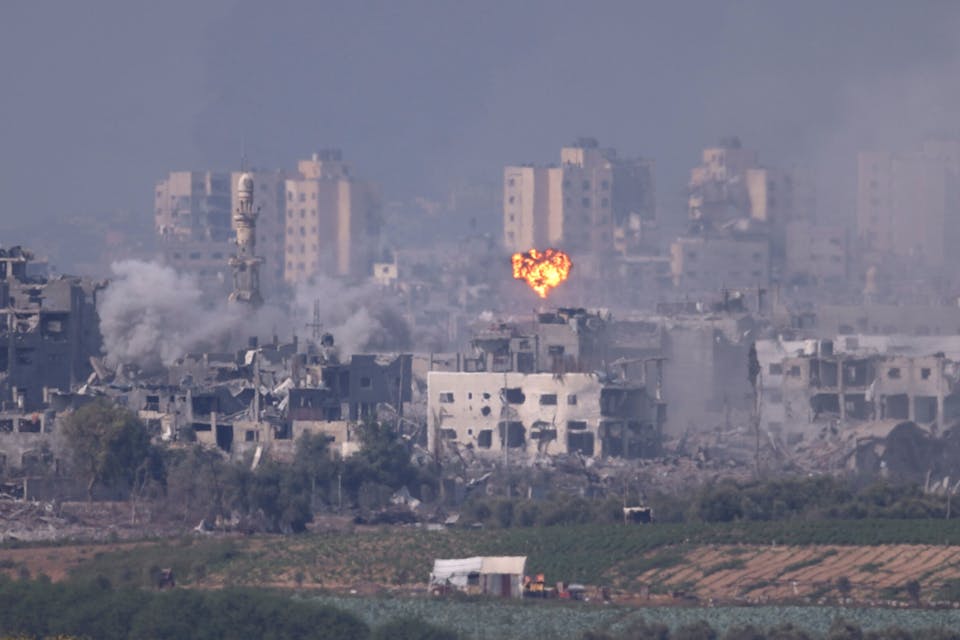
January 4, 2024
Israel and the CNN Effect
Images of bloodshed in Gaza should upset anyone with a healthy moral sense. But they don't help determine whether the actions that brought these scenes about were ethical.
This story on international law, Israel, and the conflict in Gaza is excerpted and adapted from Ethics of Our Fighters: A Jewish View on War and Morality (Koren Publishers, 2023). It will be followed shortly by another on the same subject.
For the past three months, it’s been nearly impossible to open a newspaper, turn on the news, or log onto social media without seeing photographs of the destruction the IDF has visited on Gaza. Images of adults carrying wounded children out of the rubble of flattened buildings seem to be the particular visual hallmark of this war. And there have been sights more terrible still. More than the dubious statistics churned out by Hamas, the often-tendentious reporting of professional journalists, or the libelous condemnations issued by politicians and celebrities, it is these images that have done the most to shape perceptions of the conflict. A picture, as the saying goes, is worth a thousand words. And many of these pictures should indeed upset anyone with a healthy moral sense.
But what these images don’t do is help us determine whether the actions that brought these scenes about were ethical—or who bears moral responsibility. To answer such questions, we need to draw on the extensive tradition of thinking about just war, the more recently developed laws of armed conflict, and Judaism’s own rich body of legal and moral reasoning about the difficult questions faced by any military trying to conduct a modern war.